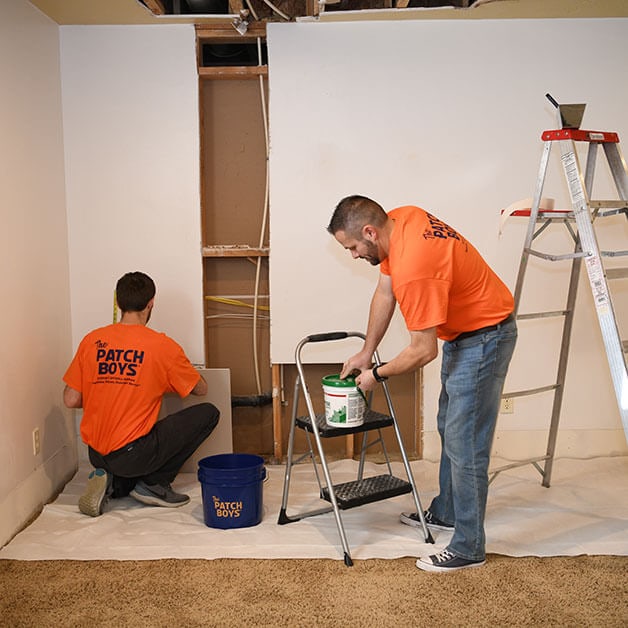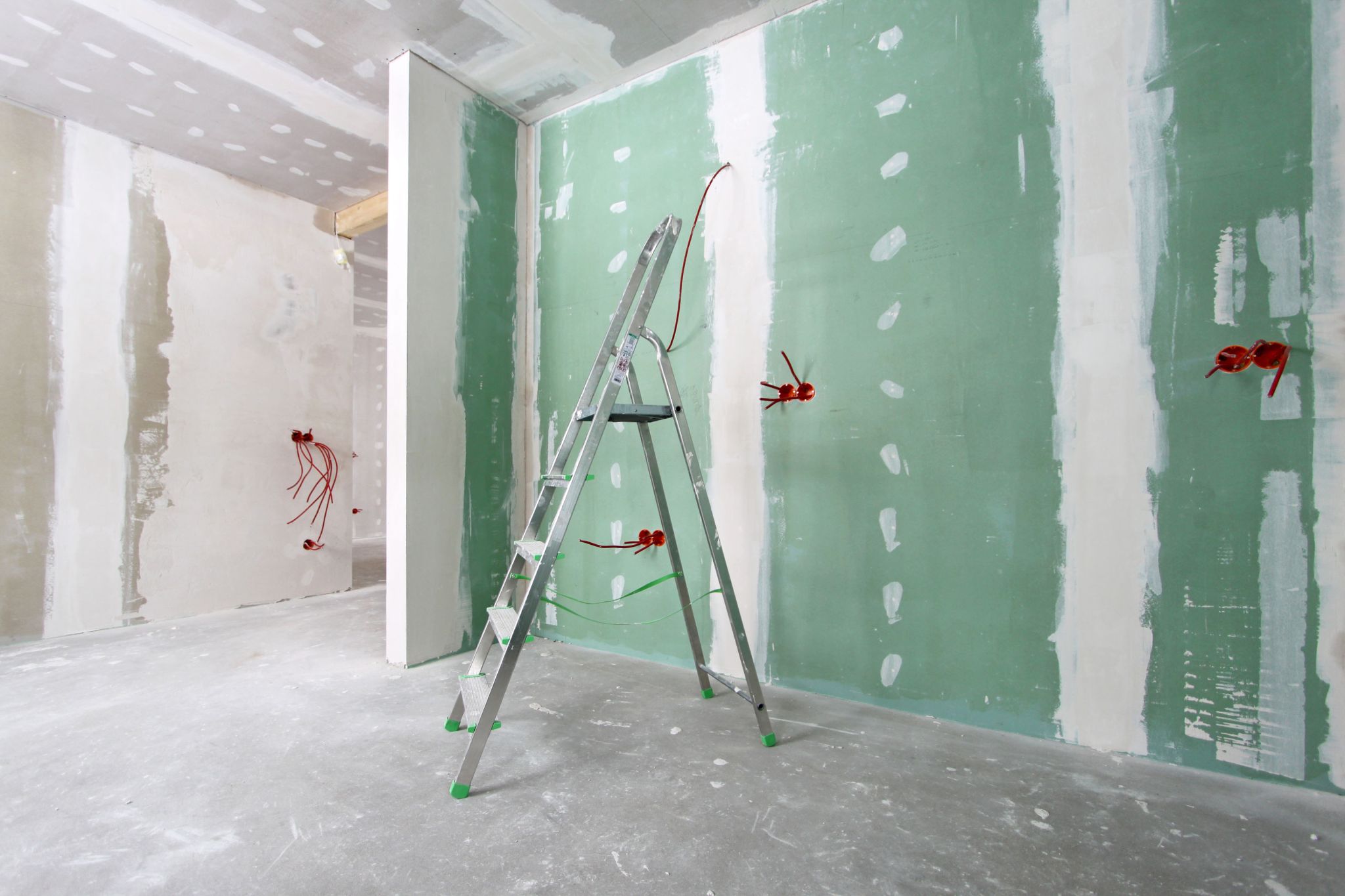Top-Rated Drywall Fort Worth Services for Residential Projects
Top-Rated Drywall Fort Worth Services for Residential Projects
Blog Article
Full Guide to Reliable and Reliable Drywall Installment
Drywall installation is an important component of any type of construction or restoration project, demanding a thorough method to make certain both effectiveness and integrity. It is essential to check out the subtleties of each action in the process, as they collectively add to the overall success of the drywall setup.
Crucial Tools for Drywalling
When beginning on a drywall installment project, having the right tools is critical for achieving an expert coating. Essential tools include a drywall knife, tape procedure, and a T-square, which are basic for exact measurements and smooth cuts. A drywall lift is likewise highly beneficial, particularly for ceiling installments, allowing for simpler handling of hefty panels.
For attaching the drywall, a cordless drill and drywall screws are necessary. The drill should be geared up with a drywall little bit to make sure performance and accuracy. In addition, a key tool is the drywall saw, which helps with cutting around electrical outlets and other challenges.

Furthermore, protective equipment such as safety and security glasses and a dirt mask are necessary to make sure personal safety throughout the installment process. Utilizing the right tools not just improves the quality of the installation yet likewise improves the workflow, making the task a lot more effective overall.
Preparing the Room

Next, analyze the problem of the walls and ceilings. Fix any existing damage, such as openings, fractures, or peeling off paint, to make certain a smooth and even surface area for drywall application. Furthermore, look for electric outlets, pipes lines, and HVAC air ducts, marking their areas to stay clear of difficulties during installation.
It is additionally critical to measure the area precisely, identifying the dimensions of the ceilings and walls to calculate the ideal amount of drywall required. Develop a thorough plan that includes the layout and orientation of the drywall panels.
Installation Strategies
Effective installment methods are crucial for attaining a specialist coating in drywall jobs. Proper dimension and cutting of drywall sheets are basic actions.
When hanging drywall, begin from the top and job downward, ensuring that the lengthy edge of the board is perpendicular to the framing. Protect the sheets with screws as opposed to nails, which provide greater holding power and reduce the danger of popping. Area screws every 12 visite site inches along the edges and every 16 inches in the area of the board.
For edges, make use of edge beads to achieve sharp, clean sides. When mounting on ceilings, make use of a drywall lift or have a companion aid in holding the sheets in position (drywall repair). Maintain a space of about 1/4 inch above the floor and ceiling to suit expansion and tightening
Finishing Touches

Begin by applying joint tape over the seams. This can be either paper or fiberglass mesh tape, with paper being preferred for its toughness. Once the tape remains in place, it's time to apply the first coat of joint substance, likewise referred to as mud. Use a 10 to 12-inch taping blade to spread out the substance uniformly over the taped seams, feathering the edges to mix with the bordering drywall.
Allow the substance to dry thoroughly, usually 24 hr. After drying, sand the surface area gently with fine-grit sandpaper to remove any type of flaws. drywall installation. Repeat the mudding and sanding process, normally two to three coats, guaranteeing each layer is flush and smooth with the drywall surface
Common Blunders to Prevent
Numerous DIY lovers experience mistakes throughout drywall installation that can compromise the final results. One common mistake is failing to correctly determine and reduce drywall sheets.
An additional regular error is incorrect attachment. Utilizing as well few screws or nails can lead to loose drywall, while overdriving fasteners can cause the paper to tear, compromising the framework. It's critical to preserve regular spacing, usually every 16 inches, and to make certain that bolts are flush with the surface area.
Furthermore, not dealing with moisture issues prior to setup can result in mold and mildew development and structural damage. Constantly examine the atmosphere and usage moisture-resistant drywall in high-humidity locations.
Final Thought
Efficient and trusted drywall installment requires careful attention to information throughout the process. By using essential tools, preparing the room sufficiently, and sticking to finest techniques in installation methods, a remarkable surface can be attained. Additionally, cautious application of joint substance and tape throughout the finishing phase boosts resilience and look. Staying clear of common mistakes additionally adds to a professional outcome, emphasizing the significance of precision and method in effective address drywall projects.
It is crucial to explore the nuances of each step in the procedure, as they jointly add to the overall success of the drywall installation.When embarking on a drywall installation project, having the right devices is crucial for achieving a professional finish.For fastening the drywall, a cordless drill and drywall screws are necessary.Properly preparing the space is essential for an effective drywall installation.Effective installation strategies are critical for achieving a specialist finish in drywall tasks.
Report this page